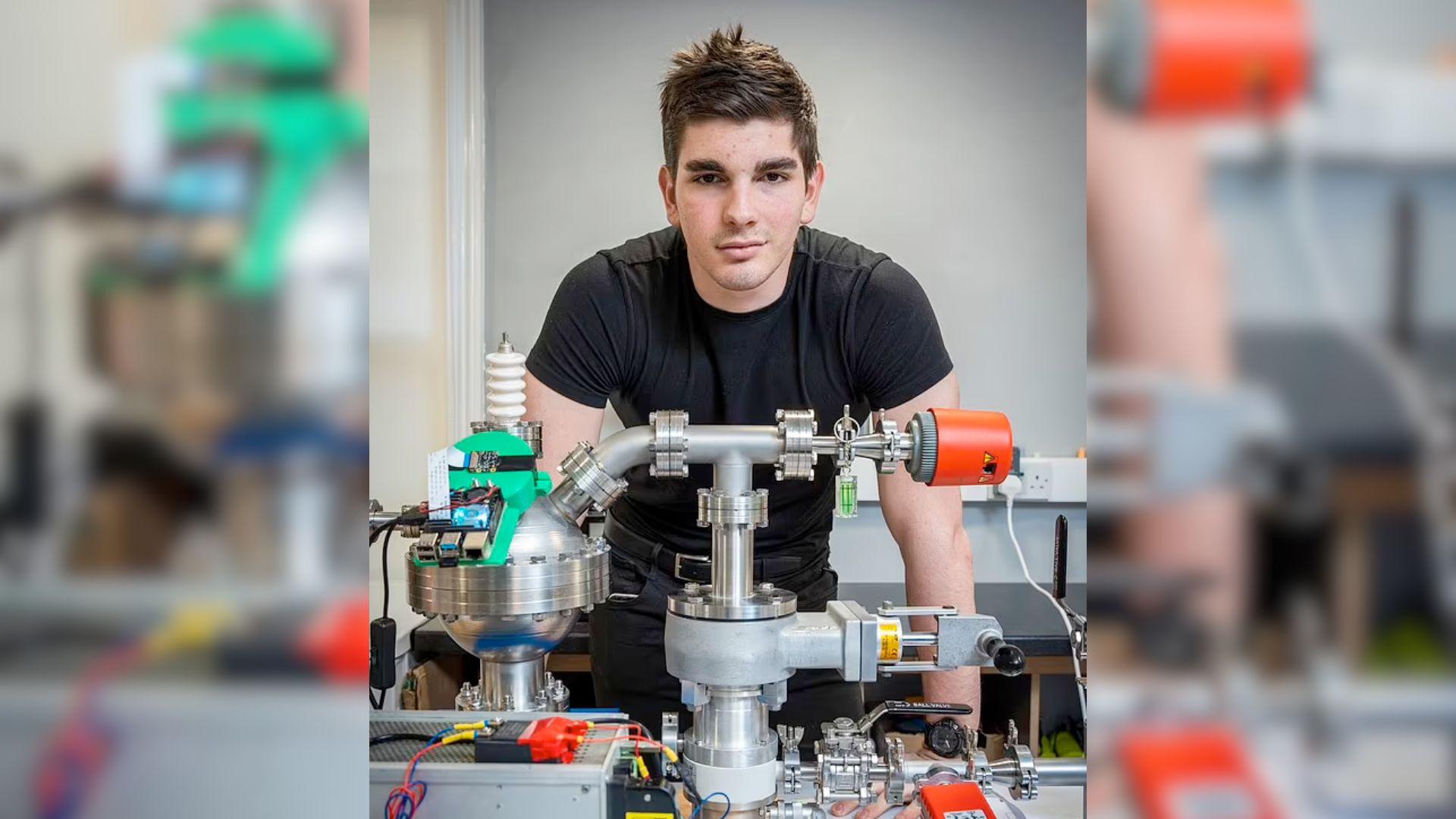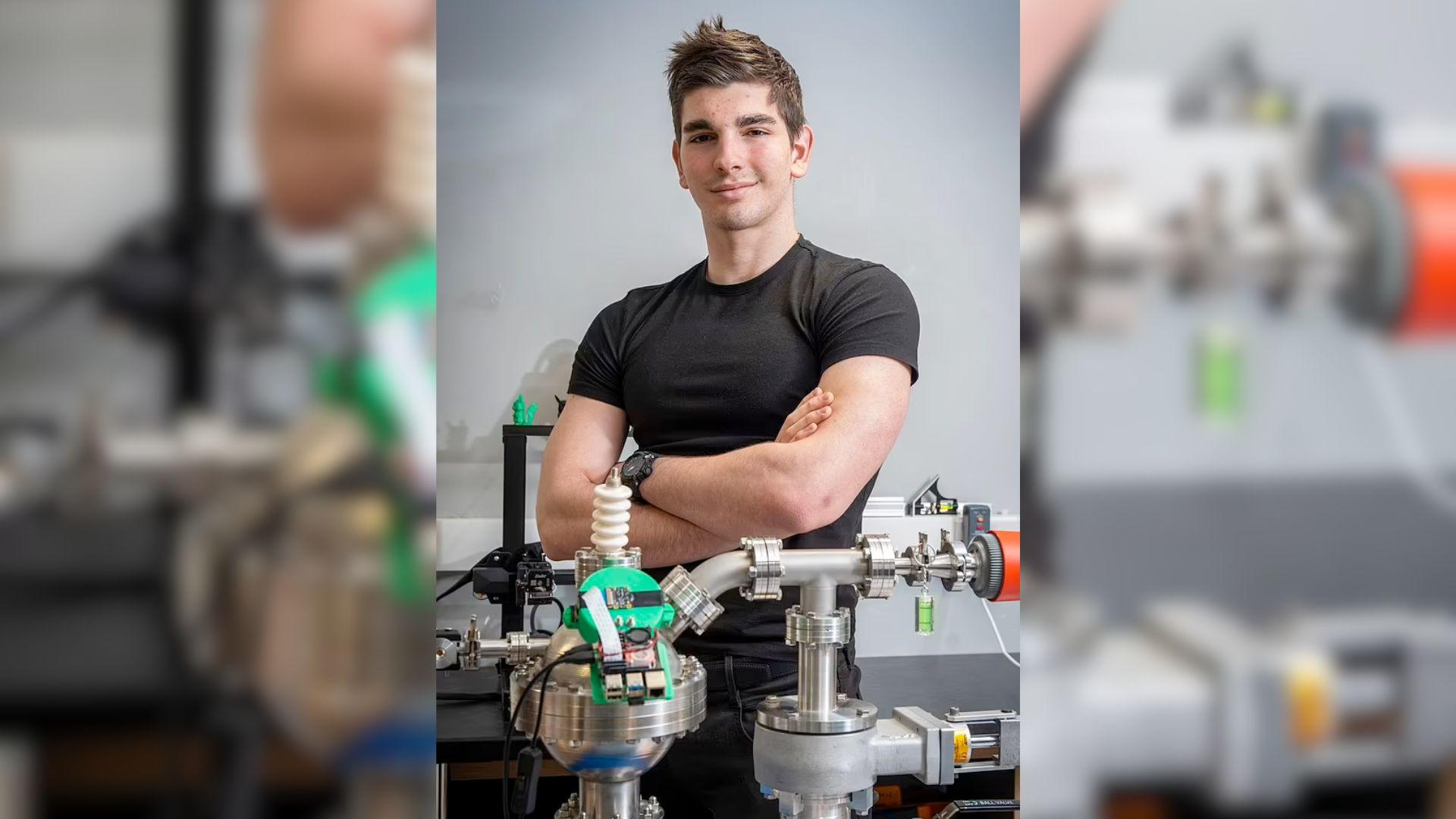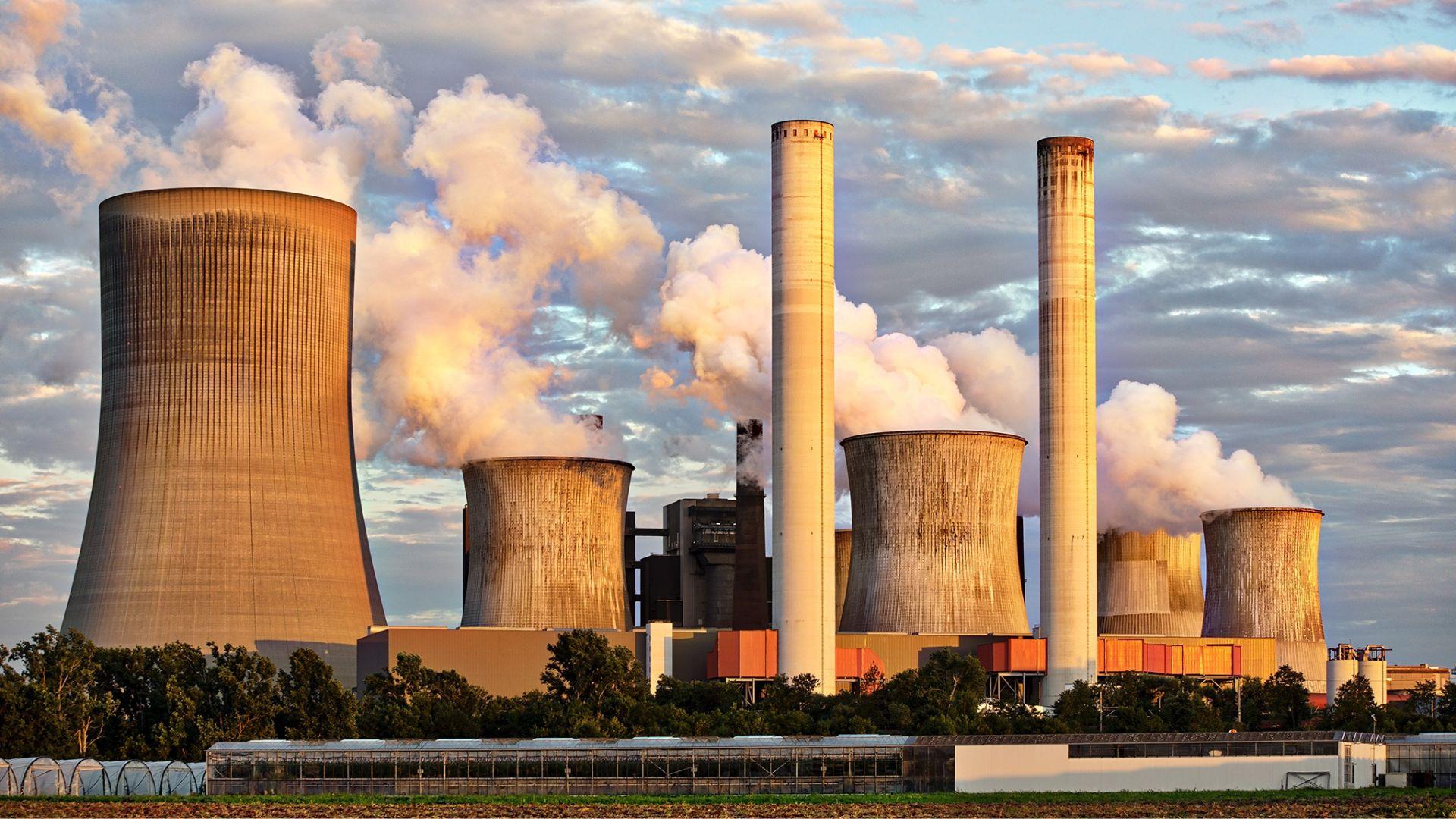With the right materials, teenagers can create amazing things. From making art projects to scientific gadgets, high schoolers often show off their astonishing smarts and creativity. After all, they are the world’s future leaders…and they can begin changing the planet even as kids.
One such outstanding teen hails from the country of Wales. He recently achieved an impressive A* grade on his A-Levels by creating an amazing nuclear fusion reactor.
The Terrific Teen

The student scientist is a 17-year-old originally from Italy named Cesare Mencarini. He created the nuclear fusion reactor as part of his Extended Project Qualification (EPQ); this project allowed him to achieve an A* grade in his A-Level results.
While studying at Cardiff Sixth Form College in Wales, he also achieved top grades in maths, further maths, chemistry, and physics. In the UK, college is essentially the second half of American high school (and instead of “math,” they call it “maths,” plural.)
What are A-Levels?

If you’re not familiar with the UK education system, the other question you may be asking is, “what are A-Levels?” A-Level stands for “advanced level;” they are a subject-based qualification (meaning the students have some flexibility in which subjects they wish to study) that is also the UK’s school-leaving qualification (essentially, a high school diploma).
Students work on their A-Level subjects for the two years they study at a college (or sixth-form school). In order to show what they have learned, students either take a test or do some kind of project. A grade of A* is equivalent to an A+ in America.
Project Concerns

Before starting on his A-Level nuclear fusion reactor project, Mencarini had to convince his school that it wasn’t dangerous. Mencarini explained, “The college was initially concerned that this project, which I have also used for my EPQ, was dangerous.”
Luckily, he was able to go through with his plans with careful planning. “However,” he said, “we did full risk assessments and the staff have been so supportive.”
Creating a Reactor

Mencarini spent approximately 18 months working on his reactor. It is believed to be the only nuclear reactor built in a school environment. Mencarini explained, “The purpose of the reactor is to produce the necessary conditions for fusion to take place.”
Although the end result is very impressive, Mencarini’s study was not without troubles. “I had to adapt the design to fit in with the budget,” he said. Of course, the reactor itself is an extremely difficult technology to pull off, too. Mencarini explained, “as we cannot get the same pressure achieved by the sun’s own gravity here, we have to use a high voltage to get the atoms hot enough.”
Nuclear Fission vs. Fusion

A student-built reactor is interesting, but why should the world care about Mencarini’s technology? Well, current nuclear power stations use nuclear fission, which involves splitting atoms into smaller parts in order to create energy. However, nuclear fission is really not a safe or environmentally-friendly practice to do.
However, nuclear fusion has been proposed as a potentially planet-saving energy source for many years. Nuclear fusion involves fusing atoms together to create massive amounts of energy. Unfortunately, scientists have not quite figured out how to effectively do this on a large scale. The main problem preventing fusion from being used is the astronomical temperatures required before atoms begin joining together. Mencarini’s reactor is another scientific step towards widespread nuclear fusion.
Teaching Future World Leaders

Cardiff Sixth Form College’s principal, Dr. Julian Davies, is extremely proud of what Mencarini has accomplished. He said that “Cesare has been outstanding in his work ethic” and that “this is an extremely exciting project and has taken one and a half years in the making.”
Davies is well aware that the school he is in charge of is producing the world’s future leaders. He explained, “We want to give our students the opportunity to work on projects that interest them as well as teaching them how to pass exams and to be brave in enabling them to take risks and develop projects that are applicable to real life situations.”
Exam Results in England, Wales, and Northern Ireland

Thousands of students in England, Wales, and Northern Ireland received their 2024 A-Level exam results earlier this month. More than a quarter (27.8%) of UK entries were awarded an A or A* grade. This is up by 0.6% when compared to last year when 27.2% achieved these top grades. This result is also higher than in 2019’s grades. 2019 was the last year that summer exams were taken before the pandemic and 25.4% of entries were awarded A or A* grades.
Unfortunately, the overall pass rate—which is the proportion of all passing vs. failing A-Level results—has fallen to 97.2% this year. This is lower than last year (97.3%) and the pre-pandemic year of 2019 (97.6%).
Cesare’s Future Plans

Cesare Mencarini plans to work at the Interface and Analysis Centre at the University of Bristol in Gloucestershire for a year before applying for a degree in engineering. Dr. Davies said that Mencarini “will no doubt make a significant impact on the energy industry in the future.”
Mencarini is proud of his work on his nuclear fusion reactor, but is also looking towards the future. “My aim is to encourage other young people to develop ideas and think about how we can improve our world and be innovative,” he said.
The UK’s Successful Students

The number of applicants accepted into UK university degrees has risen this year. Overall, 243,650 18-year-old applicants from the UK have been accepted at a university or college (“college” in the American sense, in this case). Compared to last year’s number of 230,600, this is a rise of 6%.
Cesare Mencarini is just one example of an amazing teenager that will one day change the world. We may soon be living on a cleaner planet due to his scientific discoveries.

